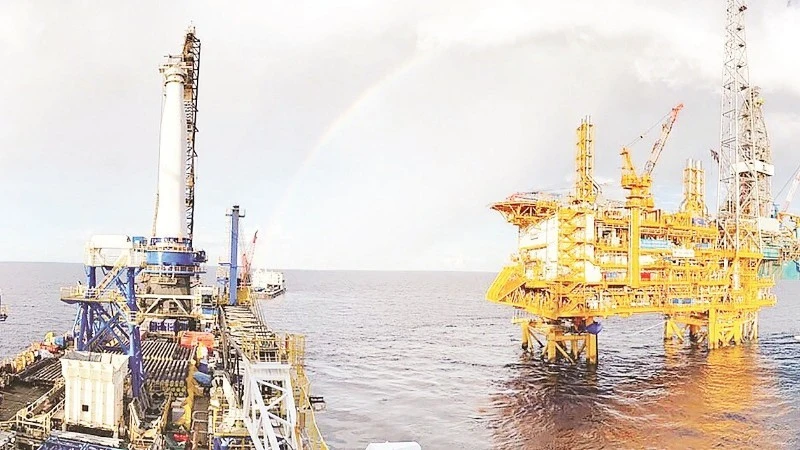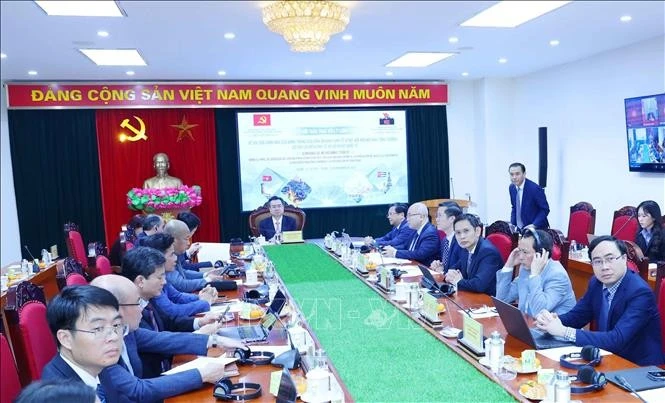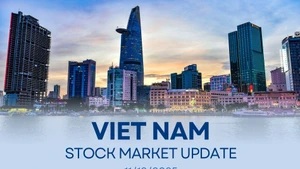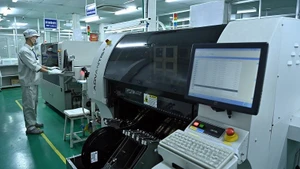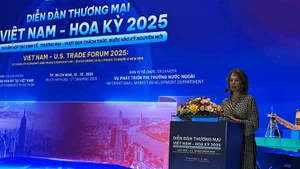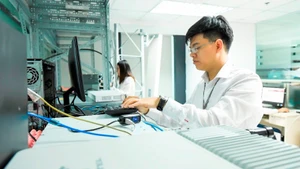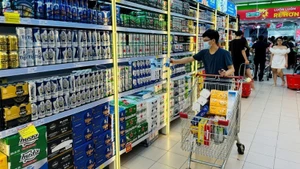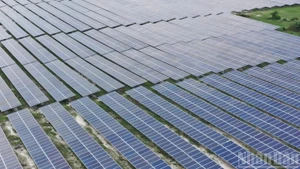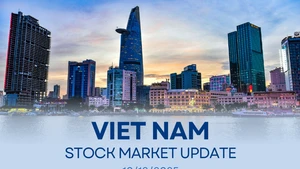With its strategic location, rapid digital transformation, and intensified application of science and technology in production, Ho Chi Minh City has the opportunity to rise as a regional and global hub for intelligent manufacturing.
According to Vo Van Than, Chairman of the Ho Chi Minh City Industrial Park Business Association (HBA), Resolution No. 57-NQ/TW on breakthroughs in science, technology, innovation, and national digital transformation and Resolution No. 68-NQ/TW on private sector economic development are two pivotal policies that will drive Viet Nam’s economy forward in the new era.
Aiming for intelligent production, the HBA has set the goal of promoting and mobilising enterprises to invest in and transition towards intelligent production models and sustainable smart industrial zones.
This presents both an opportunity and a challenge, with expectations that enterprises will adopt a more objective outlook on trends, leverage existing potential, expand cooperation, and build strong, sustainably developing business communities. In doing so, they will contribute to the national economy during Viet Nam’s era of national rise.
With its strategic location, rapid digital transformation, and intensified application of science and technology in production, Ho Chi Minh City has the opportunity to rise as a regional and global hub for intelligent manufacturing.
Following its merger with the provinces of Binh Duong and Ba Ria – Vung Tau, the newly formed Ho Chi Minh City now has over 60 operational processing zones, industrial zones, and high-tech parks. Transforming traditional industrial zones into smart industrial zones to achieve green and sustainable development goals in the current context is an urgent imperative.
Intelligent production is an inevitable trend in modern industry, as Viet Nam accelerates international integration, participates deeply in global value chains, and confronts new demands regarding net emissions, resource efficiency, and green transformation.
According to Che Van Trung, Director of Cat Lai Industrial Park in Ho Chi Minh City, while many new industrial zones are being planned to modern standards, most traditional zones — which were established long ago with outdated infrastructure, low land-use efficiency, and limited technological connectivity — are revealing significant shortcomings in attracting high-quality investment, protecting the environment, and integrating into global value chains.
The shift to next-generation integrated industrial zone models — applying digital technology, combining industry with urban areas, services, logistics, circular economy principles, and meeting ESG (environmental, social, and governance) standards — is an inevitable path in enhancing endogenous capacity and addressing long-term sustainable development challenges for the national industry.
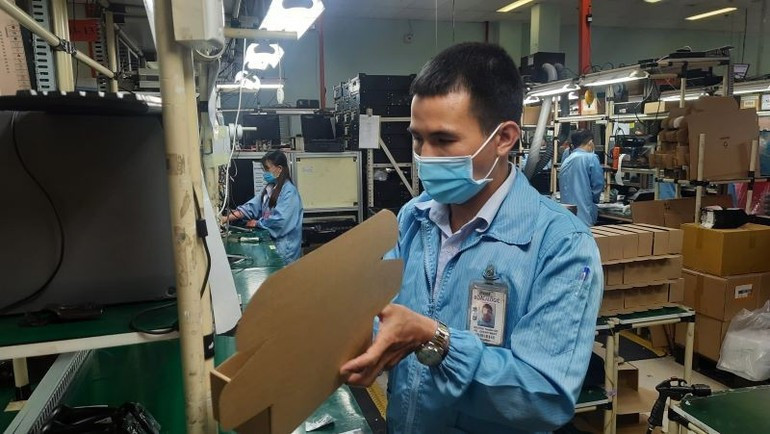
To transform into a regional intelligent manufacturing hub, Ho Chi Minh City has chosen a distinct pathway: combining intelligent production with sustainability. The city views industrial restructuring not as a fleeting “green factory” race but as a strategic repositioning of its role in global value chains.
However, to realise this goal, the city must invest in a modern, intelligent, and synchronised logistics system while enhancing the competitiveness of its manufacturing sector amid deep integration and global supply chain restructuring. With its favourable economic position, the city has the potential to become a strategic transshipment and production centre for the region.
Developing seaports, airports, and smart industrial zones will not only optimise logistics costs but also create favourable conditions for both FDI and domestic enterprises to participate more deeply in global value chains.
In the new era, where speed, connectivity, and supply chain efficiency determine competitive standing, logistics and intelligent production are decisive factors for the city in boosting manufacturing, attracting high-tech investment, and advancing towards sustainable industrial development.
In the new era, where speed, connectivity, and supply chain efficiency determine competitive standing, logistics and intelligent production are decisive factors for the city in boosting manufacturing, attracting high-tech investment, and advancing towards sustainable industrial development.
Experts argue that one of the inevitable trends in the restructuring of Viet Nam’s and Ho Chi Minh City’s manufacturing sector is the relocation of production facilities from urban areas to next-generation industrial zones equipped with synchronised infrastructure, digital technology, centralised management, and sustainable development standards.
Relocation is not merely about addressing pollution, urban overload, and inefficient land use; it also enables enterprises to upgrade production lines, optimise supply chains, and comply with international standards.
Amid global production shifts and increasingly stringent market demands, relocating factories to next-generation industrial zones is not simply a geographical move but a strategic leap for the industry to break through in the new era.
Nguyen Ngoc Hoa, Chairman of the Ho Chi Minh City Union of Business Associations (HUBA), states that transitioning to a sustainable intelligent production model requires substantial, stable, and long-term financial resources.
In Viet Nam, the growing demand for technological upgrading, production digitisation, and ESG compliance underscores the urgent need to expand efficient, transparent, and flexible capital channels.
Linking the production sector with the financial ecosystem — from banks and stock markets to international financial institutions — will be a strategic turning point enabling Viet Nam, especially Ho Chi Minh City, to accelerate the modernisation of production in tandem with sustainable development in the new era.




